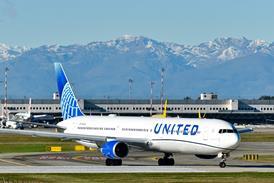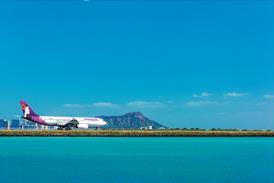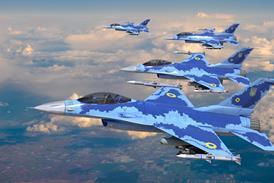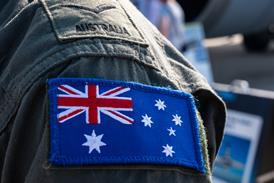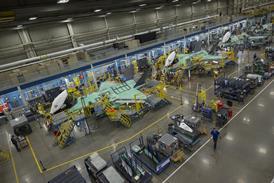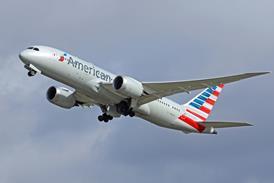As the regional-jet-versus- turboprop debate rages, all eyes are on Bombardier and Embraer at Paris '97.
The expectation is that one of these two rivals could announce a large regional-jet order from American Airlines during the air show.
At Farnborough '96 the spotlight fell on Brazilian manufacturer Embraer when it won a 25-firm-plus-175-option order from Continental Airlines for the 50-seater EMB-145.
The question at Paris will be: can Embraer score a double whammy, or will it be Bombardier that is celebrating this time?
Tipping
Many are tipping another win for the more expensive, but highly successful Bombardier Canadair Regional Jet (CRJ). There are concerns, however, about how soon Bombardier could deliver the aircraft given how full its production line has become.
American, which is buying the jets for its subsidiary commuter operation AMR Eagle, was forced to delay a purchase decision because of a long pilots' dispute. With a new contract finally agreed earlier this year, American's chief executive officer Robert Crandall made it clear he was anxious to get regional jets onboard as soon as possible. The CRJ is thought to be Crandall's preferred choice, but Bombardier is already producing the aircraft at a rate of about five per month to satisfy heavy demand.
It might be difficult for the Canadian company to meet Crandall's urgent deadline for some 70 aircraft.
The EMB-145, meanwhile, is being produced at about three per month, with Embraer planning to increase that rate to four by the end of the year, and the capability to increase it if necessary.
Regional jets will be one of the hot topics of the show. Embraer, which wants to be able to offer a family of small jets, is expected to launch the 30-seat EMB-135, as well as provide more details on tentative plans for a 70-seater. Fairchild Dornier will be talking about its planned 30- and 50-seater jets, the 328JET and 528JET, and Aero International (Regional) will focus on its planned new AI(R) JET 70.
This spotlight on regional jets is causing some to question the future for turboprops, especially since last month's decision by British Aerospace to end production of the Jetstream 41, which is marketed by AI(R) and which has attracted dwindling numbers of orders in recent years.
Saab, meanwhile, continues to struggle to establish the 50-seat Saab 2000 in the market despite the success of its 30-seat Saab 340.
Yet most manufacturers insist that a worldwide market will continue to be available for both turboprops and jets. Jean Michel Leonard, AI(R)'s US president, has a view shared by many.
"We believe most of the growth will be with regional jets," he says.
Controversial
"But we see the worldwide turboprop fleet remaining approximately the same, or it may even see slight growth, which will lead to a sizeable replacement market."
Perhaps most controversial of all is the future of the 19-seater, but again this aircraft has its defenders.
Mike Scheidt, vice president of regional airline marketing at Raytheon Aircraft, insists that it will be producing at least 36 new 1900Ds every year for the next five to 10 years. "Our data shows that the 19-seat niche is a pretty healthy market, operators make money with our aeroplane. It's that simple."
Source: Flight Daily News

